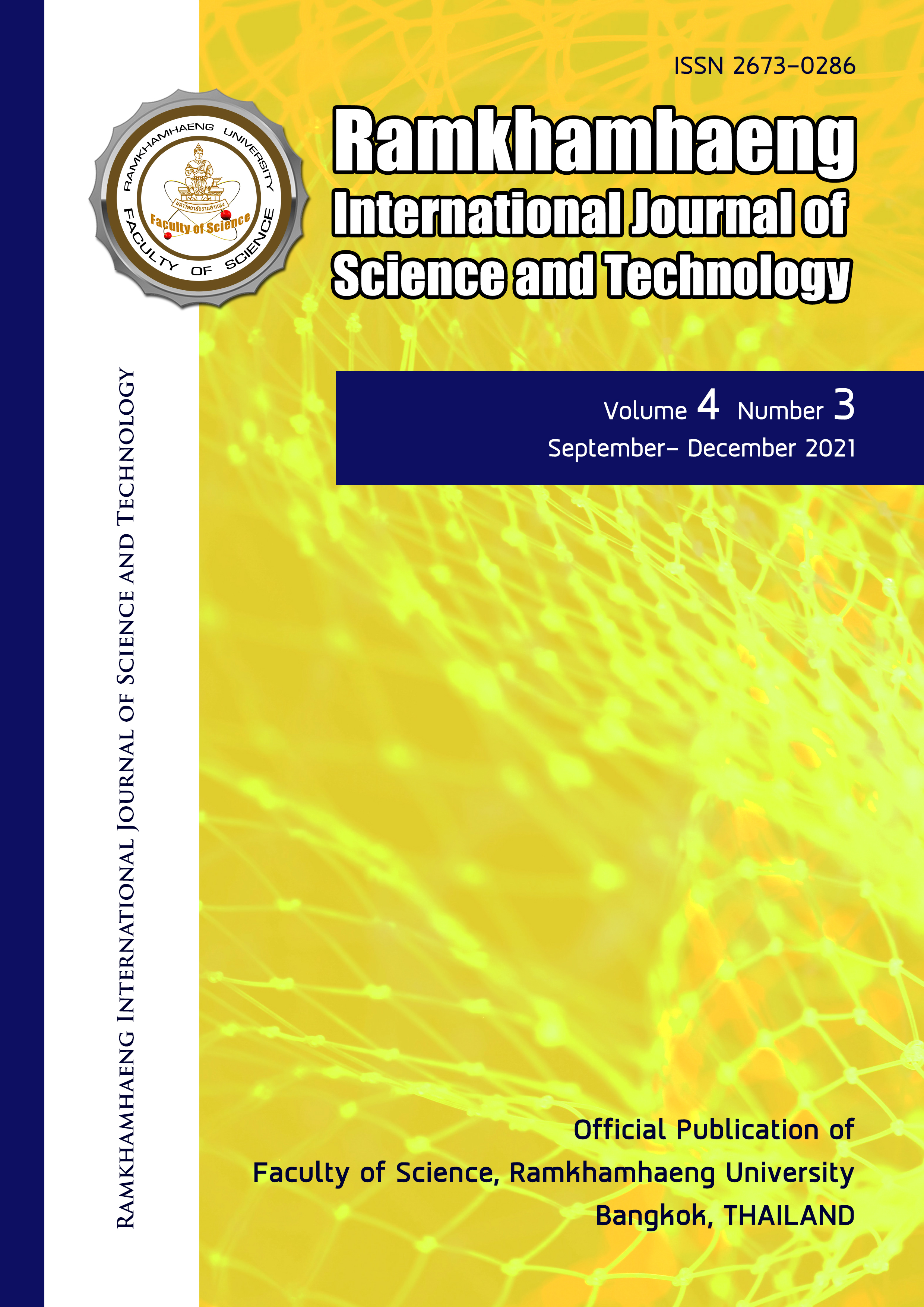Distribution, prevalence, and severity of coral syndrome on a shallow reef flat at Chumphon Province, Thailand
Abstract
Underwater pinnacles are necessary marine resources because they have a complex structure, serving as a suitable habitat for various marine organisms. However, the underwater pinnacle has been experienced with heavy fishing pressure, resulting in the accumulation of derelict fishing gear (DFG). Almost all derelict fishing gear has been recognized as a source of marine debris pollution. In this regard, a reef cleanup program was initiated with collaboration of a volunteer group (Save Our Sea Foundation) and researchers from several institutions. The program was done in July 2019 at five underwater pinnacles in Chumphon Province. Derived from the cleanup program, all marine debris that was removed from the underwater pinnacles were derelict fishing gear (145 pieces) that covered a total area of 140.01 m2, accounting for 19% of a total survey area (750 m2). Four major categories of DFG found on live corals included fishing nets, ropes, monofilament lines, and fishing traps. Fishing traps had the most cover area (77.93 m2), followed by fishing nets (77.93 m2), ropes (59.86 m2) and monofilament lines (4.91 m2). Based on the total corals covered by DFG, 81.3% of which were impacted including pale tissue (35.8%), tissue loss (20.8%), diseases (10.4%), fragmentation (9.8%), and bleaching (6.4%.) on corals. The areas with higher live coral cover tend to have a higher diversity of marine organisms, becoming targeted by the fishing industries. However, in some areas, e.g. Hin Phum and Hin Thong Wo, where live coral covers are relatively low, had a high occurrence of the DFG. This study also shows that the accumulation of marine debris is likely to occur in the areas with high fishing activities than the areas with high tourism activities. Therefore, the results of this study can serve as a baseline information for managing marine debris in the Gulf of Thailand.
Downloads
Published
Issue
Section
License
Copyright Notice: a copyright on any article in the published journal is retained by the Ramkhamhaeng International Journal of Science and Technology. Readers or Users grant the right to use of the Article contained in the Content in accordance with the Creative Commons CC BY-NC-ND license and the Data contained in the Content in accordance with the Creative Commons CC BY-NC-ND.



